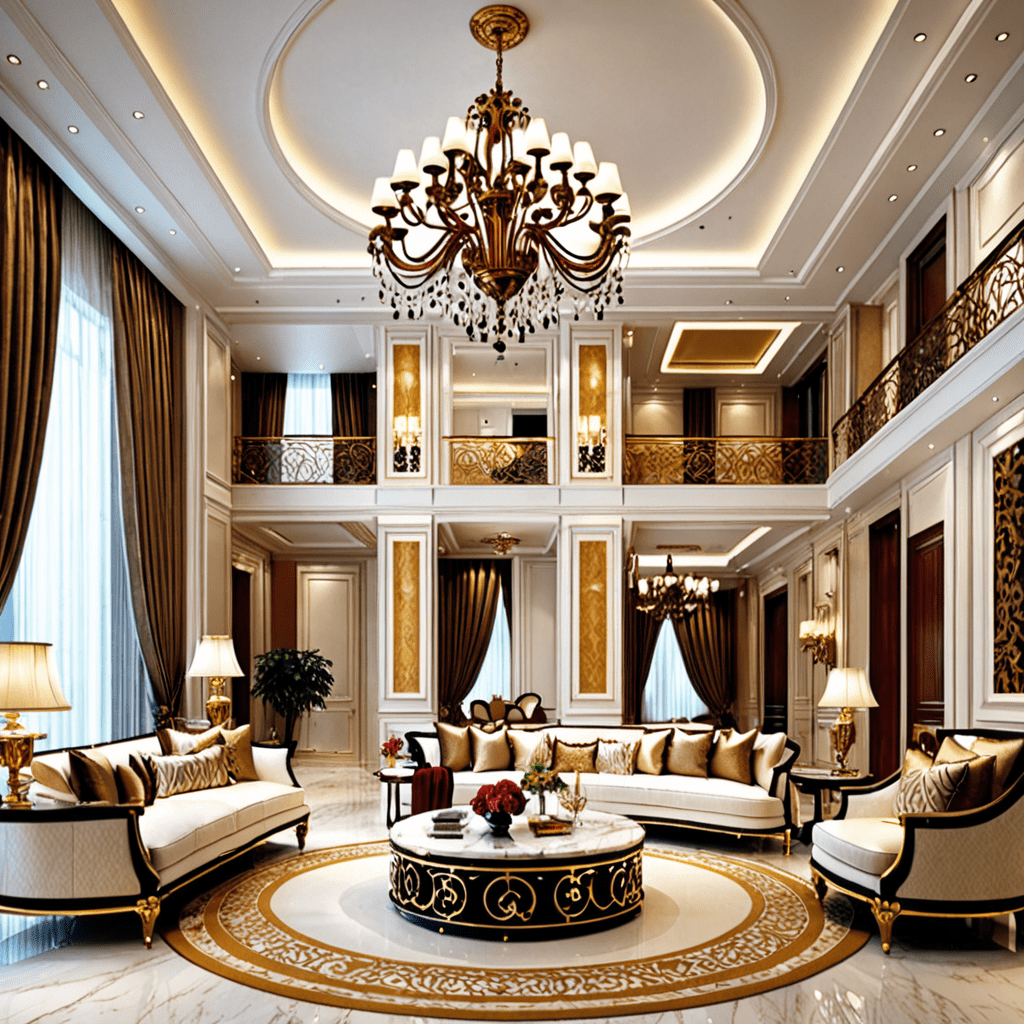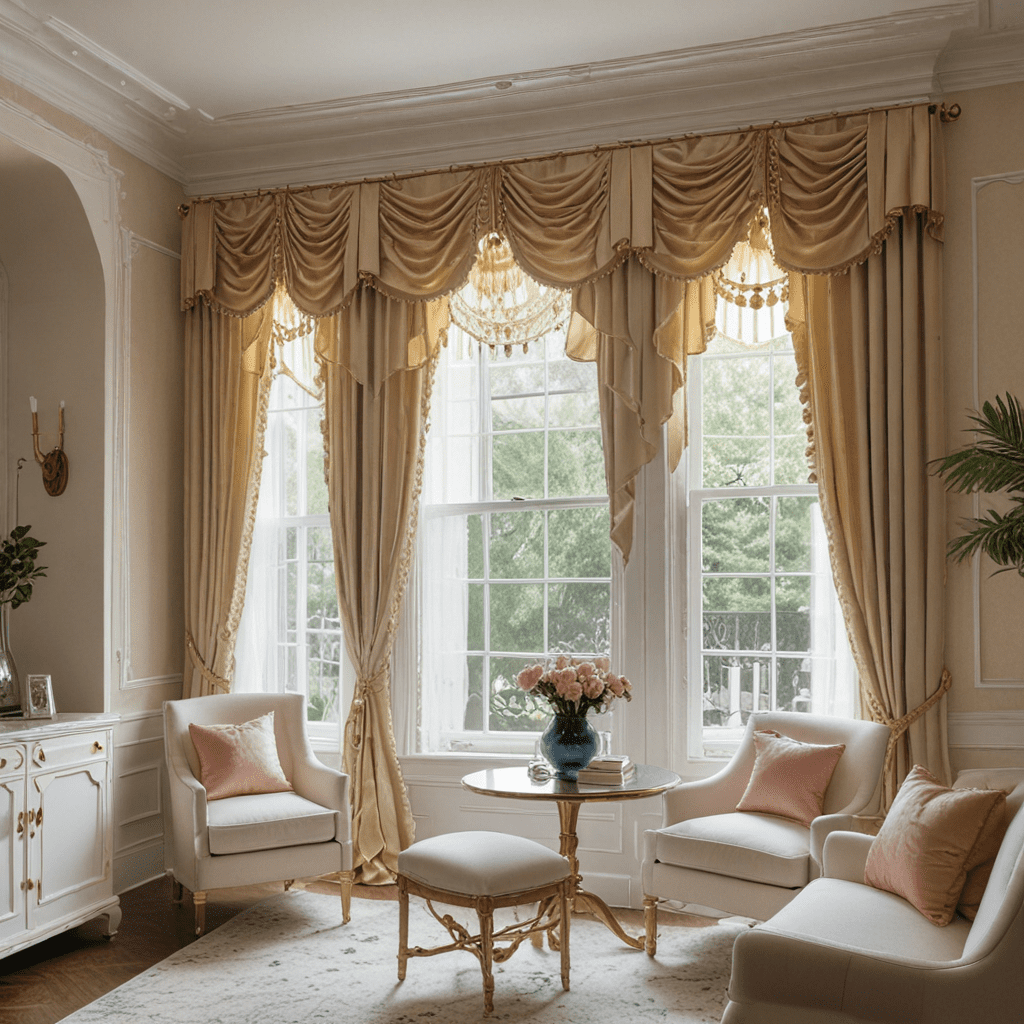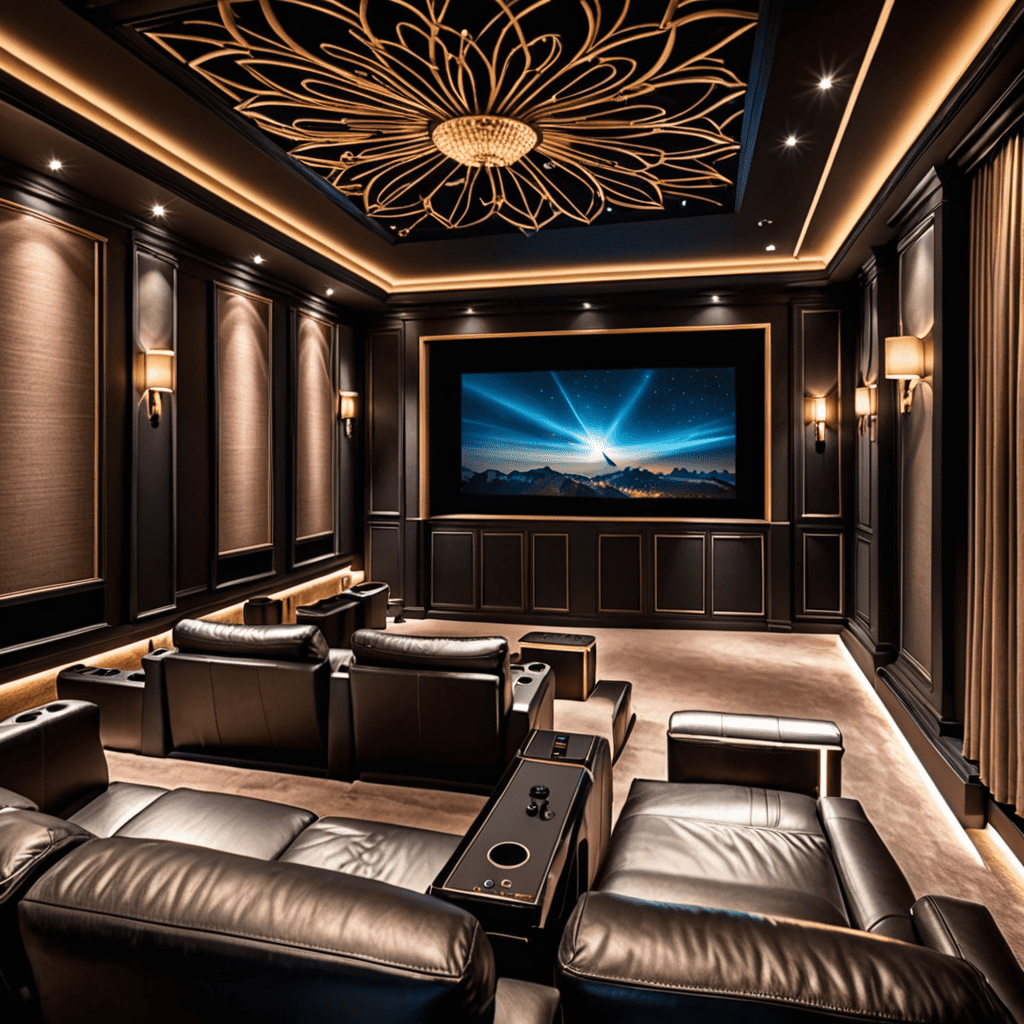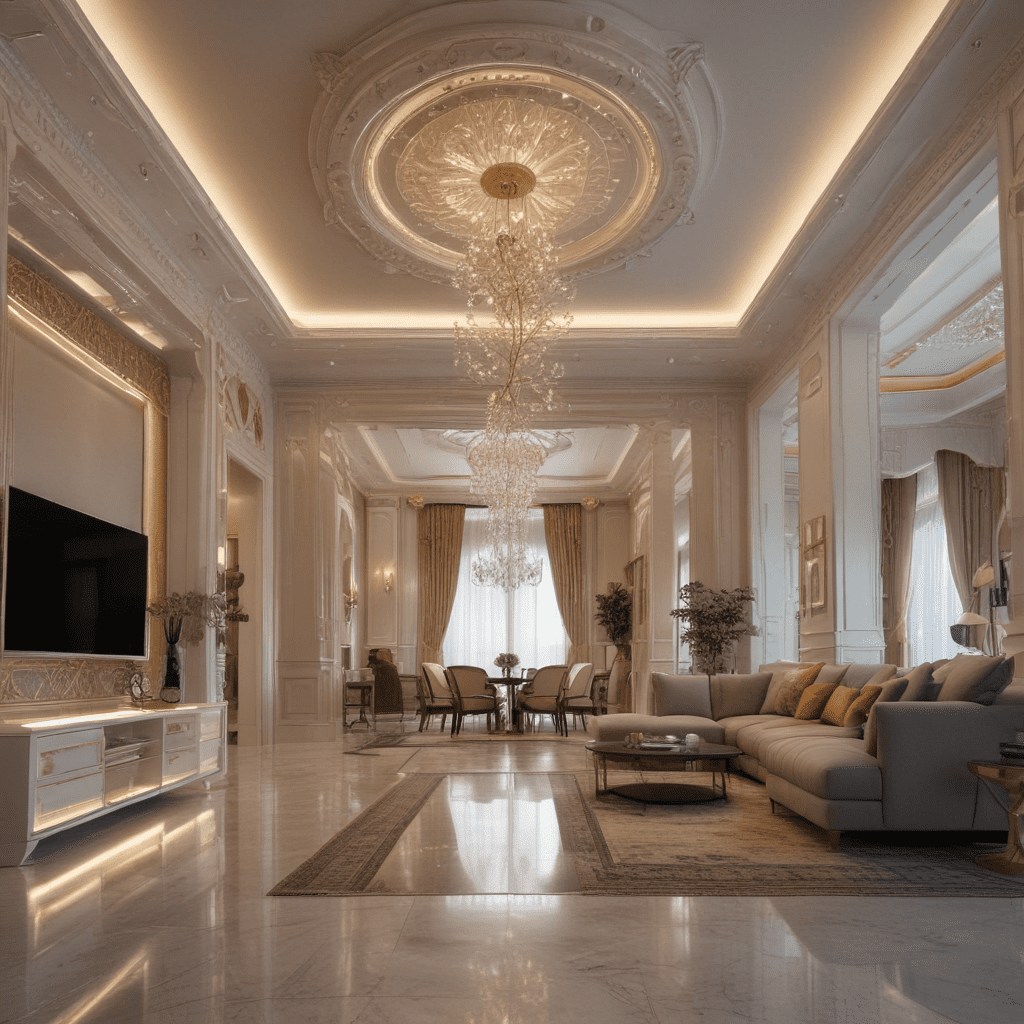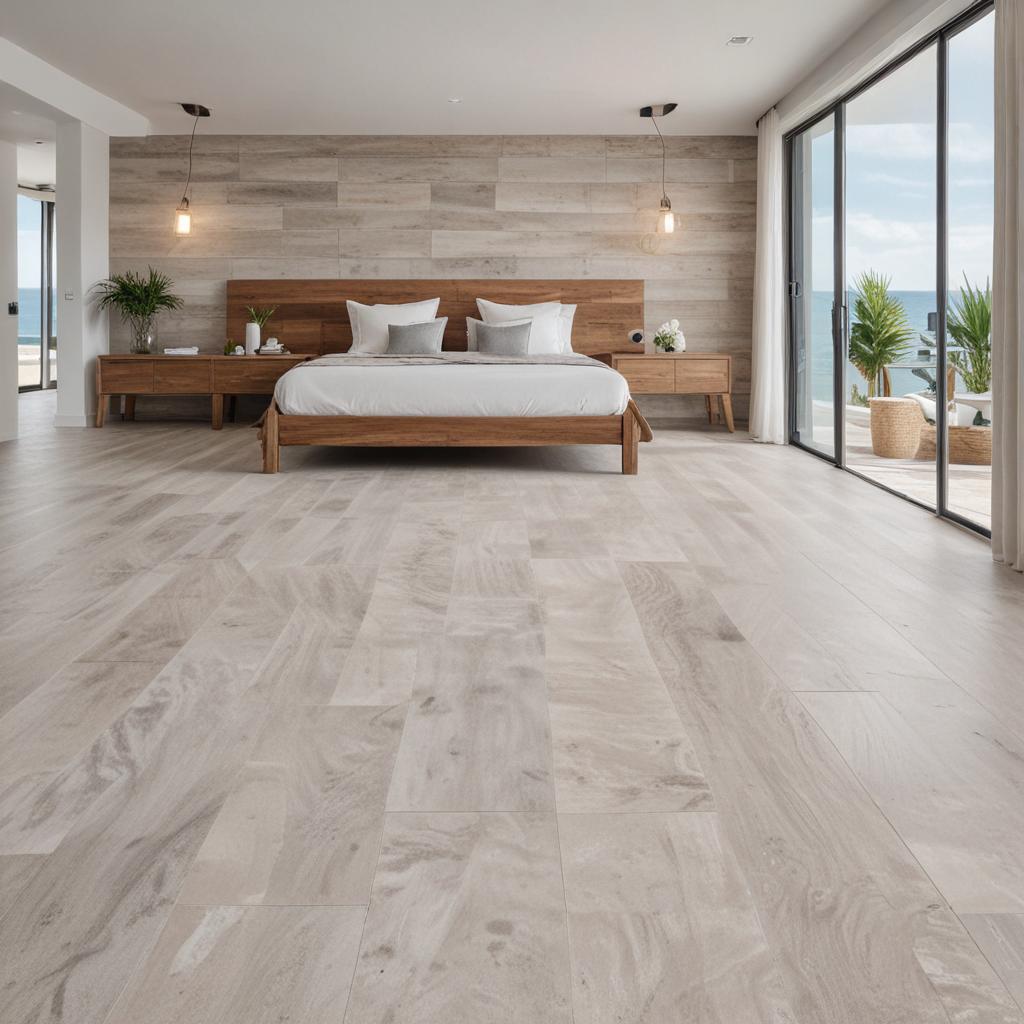Best Interior Designers in Italy – How to Get the Italian Look in Your Home
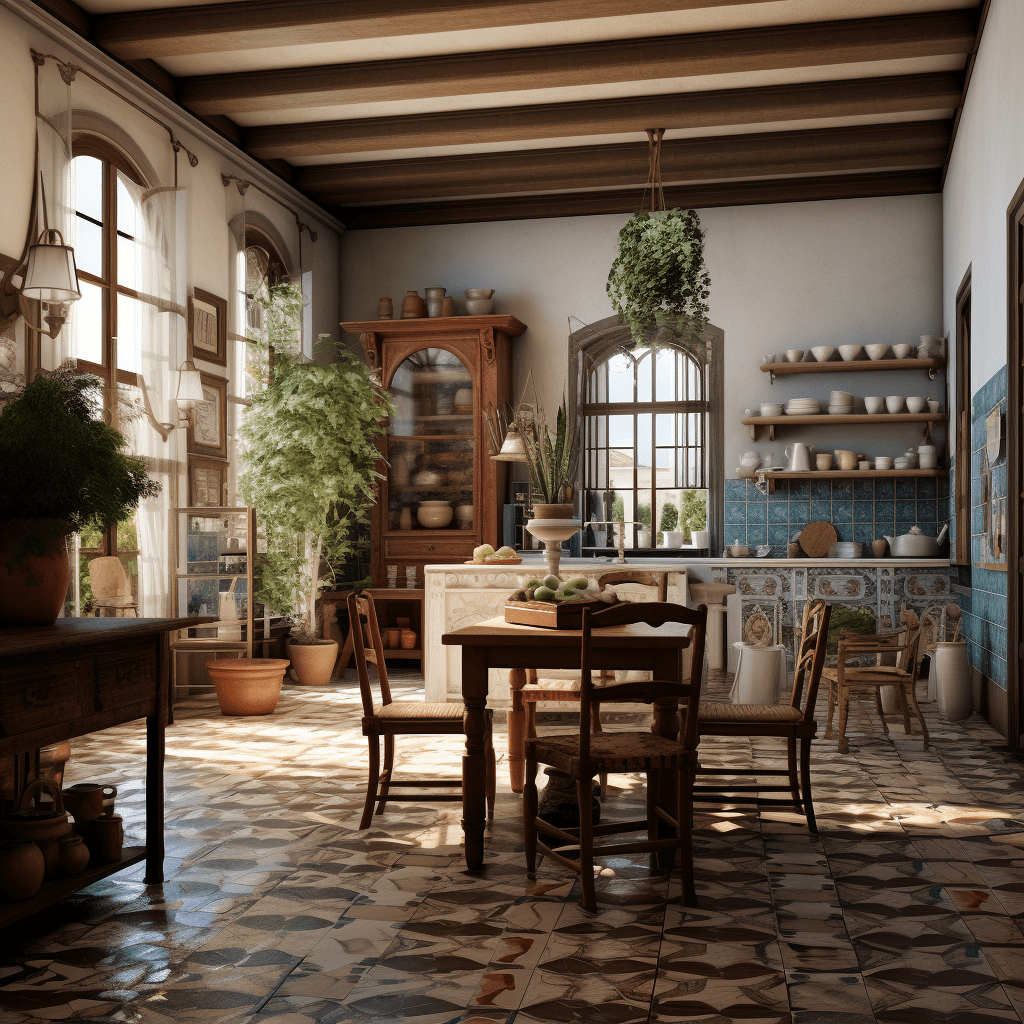

Italian Interior Design: A Timeless Blend of Elegance and Functionality
When it comes to interior design, few styles are as iconic and timeless as Italian design. Characterized by its combination of elegance, functionality, and attention to detail, Italian interior design has long been revered for its ability to create luxurious and inviting spaces. Whether you’re looking to revamp your home or simply draw inspiration from this rich tradition, this article will guide you through the key elements and characteristics of Italian interior design.
1. A Symphony of Colors and Textures
Italian interior design embraces a rich palette of colors and textures, creating a sense of harmony and warmth within a space. Earthy tones such as terracotta, ochre, and warm neutrals are often used as a base, while vibrant accents in shades of red, blue, or green add a touch of drama. Texture is also key, with the use of materials like natural stone, aged wood, and plush fabrics adding depth and visual interest.
2. Classic Elegance meets Modern Simplicity
Italian design effortlessly blends classic elegance with modern simplicity, creating spaces that are both timeless and contemporary. Clean lines, minimalistic furniture, and open floor plans are often paired with ornate details, such as intricate moldings or decorative ceiling frescoes. The result is a harmonious balance between the old and the new, where each element complements the other.
3. Emphasis on Natural Light
Italian interior design celebrates the beauty of natural light, with large windows and open spaces that invite sunlight to flood in. This emphasis on natural light not only enhances the overall ambiance of a room but also showcases the textures and colors used in the design. To maximize the effect, window treatments are kept to a minimum, allowing the light to take center stage.
4. Classic Italian Furniture
No discussion of Italian interior design would be complete without mentioning the iconic furniture pieces that have become synonymous with the style. Italian furniture is known for its craftsmanship, use of high-quality materials, and attention to detail. From the timeless elegance of a Louis XVI chair to the sculptural curves of a contemporary Italian sofa, these pieces add sophistication and character to any space.
5. Warmth and Hospitality
Italian interior design places a strong emphasis on creating spaces that are warm and welcoming. The layout of rooms often encourages social interaction, with open kitchens and dining areas that seamlessly flow into living spaces. Plush seating, cozy textiles, and carefully curated accessories all contribute to an inviting atmosphere where family and friends can gather and create lasting memories.
FAQ: Frequently Asked Questions
Q: Is Italian interior design only suitable for large, opulent spaces?
A: While Italian design has its roots in grand palaces and villas, it can be adapted to spaces of any size. Whether you have a small apartment or a spacious home, Italian interior design principles can be applied to create a stylish and functional space.
Q: Are there any specific materials or textures commonly used in Italian interior design?
A: Yes, Italian interior design often incorporates natural materials such as marble, terracotta tiles, and wood, which add warmth and character to a space. Textiles and fabrics such as velvet, silk, and damask are also frequently used to bring comfort and luxury to furniture and decor elements.
Q: How can I incorporate Italian interior design into my own home?
A: Start by incorporating key elements such as warm earthy tones, classic furniture pieces, and a focus on natural light. Pay attention to small details like ornate moldings or decorative accessories. Don’t be afraid to mix old and new elements to create a truly unique space that reflects your personal style.
Q: Can Italian interior design work with other design styles?
A: Yes, Italian design can be easily blended with other styles. For a more contemporary look, pair Italian furniture with sleek lines and minimalistic decor. To create a rustic Italian ambiance, incorporate natural materials, vintage elements, and earthy color schemes.
Q: Are there any famous Italian designers known for their contributions to interior design?
A: Italy has produced a multitude of influential designers, such as Giorgio Armani, Roberto Cavalli, and Alessandro Mendini, who have made significant contributions to both fashion and interior design. Their unique styles continue to inspire designers and homeowners around the world.
Q: Is Italian interior design in style at the moment?
A: Italian interior design has never gone out of style. Its timeless elegance and impeccable craftsmanship continue to be celebrated by design enthusiasts globally. Whether you’re a fan of classical beauty or prefer a more contemporary twist, Italian design offers a wealth of inspiration that will stand the test of time.
In conclusion, Italian interior design is a style that embraces elegance, functionality, and attention to detail. Its timeless blend of classic elegance and modern simplicity continues to captivate design enthusiasts around the world. By incorporating elements such as rich colors, natural materials, and iconic furniture pieces, you can infuse your own space with the beauty and warmth that are hallmarks of Italian design.

